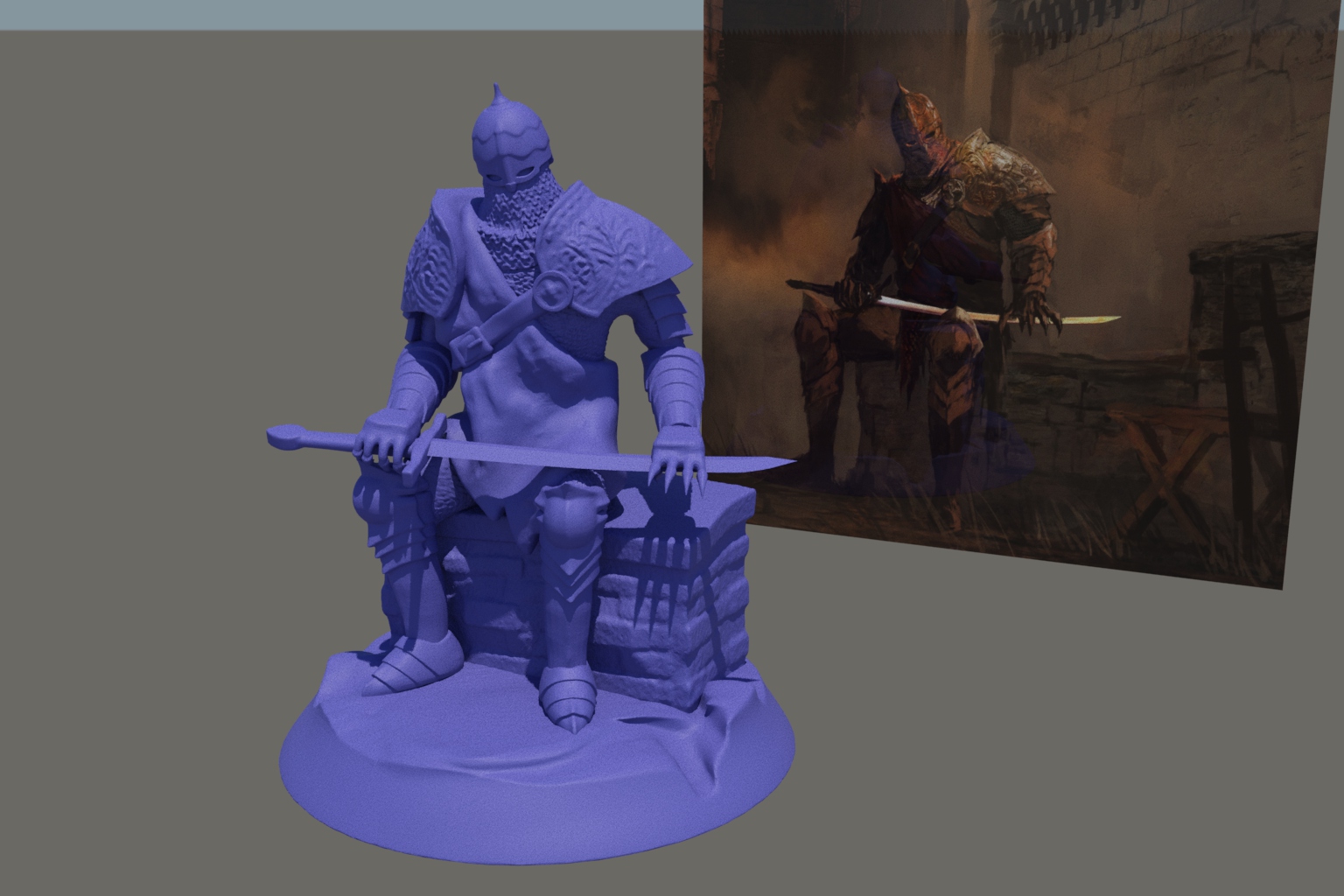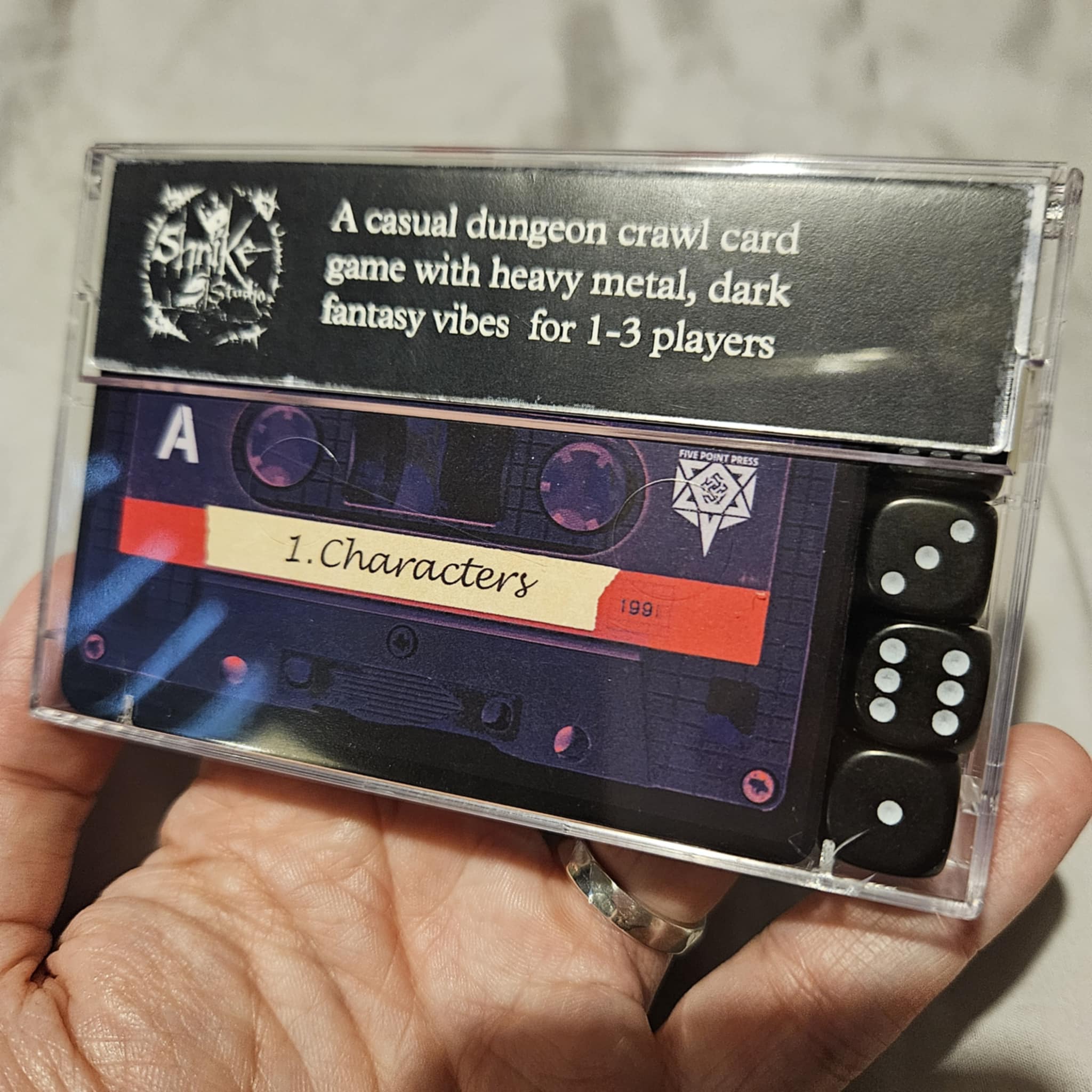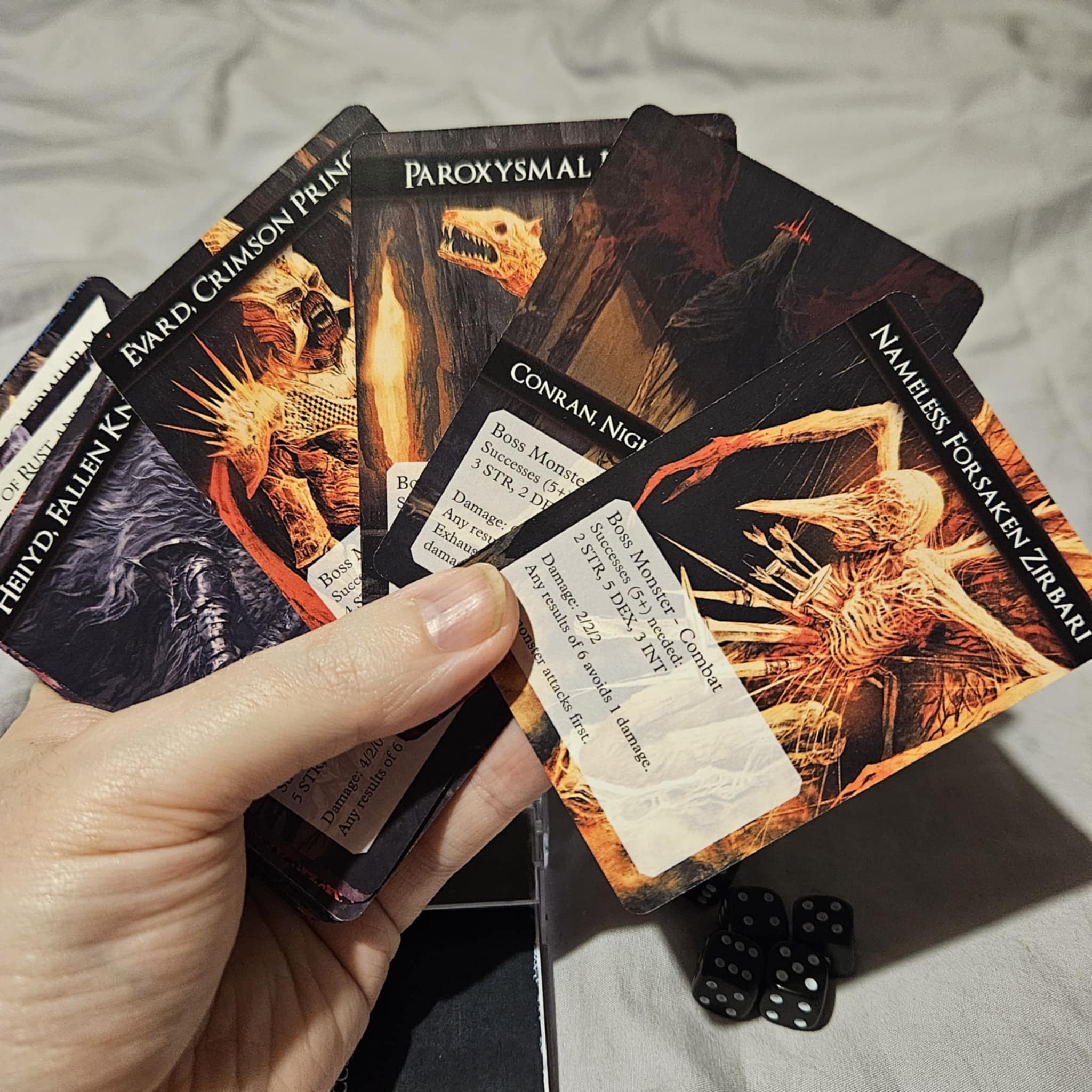The Cost of Art (And Maximising Value)
As a person who has been on both sides of the client/artist divide when it comes to commissioning artwork, I know that the true cost of art is more than simply financial. This is actually something that is discussed in You Will Die In This Place from the differing perspectives of Charlotte (who has experience as an artist) and Samantha (who has experience as a client). However, from the perspective of game development as a client, I find the most important variables to be as follows:
- Communicativeness of the artist. I am more likely to commission additional work from someone who is easy to talk to and good at asking and answering the right questions so as to avoid misunderstandings or problems that might result in revisions being needed. A transparent process with shared sketches and roughs at major stages is a huge plus. I rate this as much more important than even the technical quality of the finished piece.
- Availability and reliability. As a mostly solo developer, I don't generally have strict timelines for when I need things to be done. However, it's always useful to know whether an artist has availability for additional pieces to help maintain a cohesive art direction in a project and I always try to be up front about discussing such things when negotiating commissions. When you have a fairly limited amount of money to spend on artwork, you need to know that you can make the most of it. It is anxiety inducing when you commission a piece from someone, hear nothing for months and then have to weigh up the decision whether or not to commission the same piece from somebody else. This is really an extension of communicativeness, since that can mitigate this specific issue.
- Financial cost. I hate talking about money and, when I did commissioned artwork myself, I hated having to name a price. I don't know what it is, but I just feel uncomfortable putting a specific monetary value on things. I hate the awkwardness of confronting issues of relative wealth and the different values people attribute to the same thing. When I'm commissioning artwork, I have no interest in haggling, I want to pay a fair price at the artist's going rate. Occasionally, if I think they're selling themselves very short, I might tell them what I would typically expect to pay for an equivalent piece.
For You Will Die In This Place, I have been lucky enough to find and work with some artists who are exceptionally talented, reliable and great communicators. That ticks off my first two criteria and I would be more than happy to work with any of them again in future. I can't overstate how smooth and enjoyable the experience of working with them has been. This leaves the issue of cost. I won't discuss or reveal the different rates that they charged for their work, as I believe that is something between them and a client. However, there was a range wherein the most expensive commissioned piece cost me about five times the amount of the least expensive piece. Considering the different art styles and formats (e.g. single character without background vs full colour double page spread), I think all of the prices were entirely reasonable. Despite this, art is expensive.
I have spent perhaps a combined total of £6,000 on commissioned artwork for You Will Die In This Place. I will never make this back through digital sales. I may eventually make this back through physical sales of the finished book at conventions. I have a passable chance (based on prior experience) of making this money back via Kickstarter, if I choose to go down that route (with all of the stress it entails) and manage to position the product correctly, but I think it is perhaps more likely that I would not. Making a profit is not my reason for making this game. It is far too weird and niche to realistically be profitable in any meaningful sense (even ignoring the value of my own hundreds of hours of labour in writing, design and artwork). And yet, I wanted to make it anyway and finances are something that I only have the luxury of ignoring to a limited degree.
So, how can one maximise the value of commissioned artwork? Depending on contracts and agreements made, a licensed piece of artwork does not have to be used once for a single purpose alone. Marketing and promotional materials are the first obvious additional use, as it is practically a given that you will use commissioned pieces of artwork to advertise the product containing them (just as I have used a piece of commissioned artwork as the cover image of this devlog). Similarly, merchandise (again, licensing agreements permitting) is another entirely valid and effective means of recouping costs through the use of artwork. Whether this is art cards, t-shirts, posters or something more bespoke, these types of relatively small ticket items are eye catching and good sellers at conventions that may also entice people into checking out the game that they correspond to. All of this is pretty obvious, straight forward stuff though. Let's talk about some other potential uses of commissioned artwork.

I've already talked in my first devlog here about how I am using my rusty 3d modelling skills to adapt some of the artwork from You Will Die In This Place into a range of 3d printable miniatures. This is obviously not a direct use of the artwork itself, but the process would be so much harder and the end results would suffer greatly without it. Compared to rulebooks, which sell well at conventions but very poorly online, stl files for 3d printed miniatures sell extremely well online. I would estimate that I pull in a fairly consistent £100 a month from the relatively meagre selection of files that I currently have for sale on my MyMiniFactory page. Now, most of the developers on this site are developing video games rather than physical games like me (note that this statistic is made up based on vibes and may well be untrue), but it is likely that some of the better quality 3d assets produced for those games (commissioned or otherwise) could be quite easily adapted into stl files for 3d printing. For small indie developers, this could potentially provide a not entirely worthless additional revenue stream which could help pay for development costs and fund additional assets. However, be aware that if you really want to shift stl files, you need to optimise the models for printing at the 28/32mm scale because this is the scale of miniatures used by games like Warhammer and D&D and there is a huge market for sci-fi and fantasy models at this scale.
Okay, let's talk about another potential use for commissioned artwork. You're an indie developer, not a company pushing out tripe A titles. You can reuse artwork that you commissioned for one game in another game. The same artwork in two different games? Yes, that just halved the effective cost of your art commission right there. As long as it fits the aesthetic, it's absolutely fine. Even if somebody buys both of your games and notices, they're not going to hold it against you. Build up a body of material that makes future game development easier. Spinoff games or media are another example of this. I'm going to share an example of the kind of thing I mean here.

You Will Die In This Tape is a heavy metal themed dungeon crawl card game (think something loosely along the lines of Escape the Dark Castle) for 1-3 players comprised of 40 standard sized playing cards and 5 dice that all fits neatly within a cassette case and has the rules printed on the inside of the J-card. I designed the game over the course of a single weekend and then spent a week playtesting and fine tuning it. It borrows characters and themes from You Will Die In This Place along with all of the artwork. Despite the vast difference in time, effort and cost to create, I suspect that it will probably sell far better than the very niche book that it is a spinoff from. And that's absolutely fine. If it does, then it helps to off-set the development costs and may also draw in some people who otherwise wouldn't be interested in checking out a ~250 page hardback.

What do you think of You Will Die In This Tape? Is there anything unusual or interesting that you do to maximise the value that you get from your artwork?
Get You Will Die In This Place (development preview)
You Will Die In This Place (development preview)
A nihilistic dungeon crawler about death, art and identity.
| Status | In development |
| Category | Physical game |
| Author | Liz |
| Tags | Atmospheric, Creepy, Dark Fantasy, Dungeon Crawler, Horror, Narrative, Psychological Horror, Survival Horror, Tabletop, Tabletop role-playing game |
More posts
- Announcement - Selected for Gamefound RPG Party23 days ago
- Translating Narrative Themes Into Mechanics - Character Classes (part 1)50 days ago
- Major Update - New Preview Available54 days ago
- The Process of Building Dungeons55 days ago
- The Transient Nature of Ideas59 days ago
- The Process of Creating Miniatures60 days ago
Leave a comment
Log in with itch.io to leave a comment.